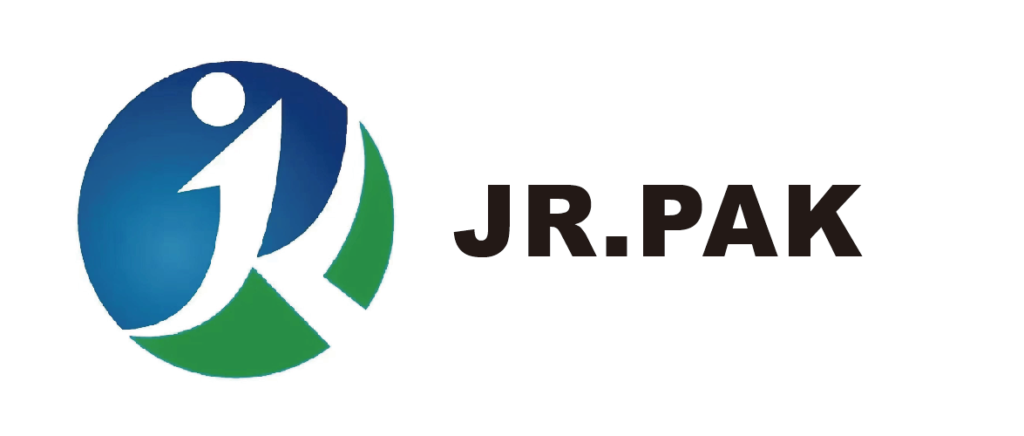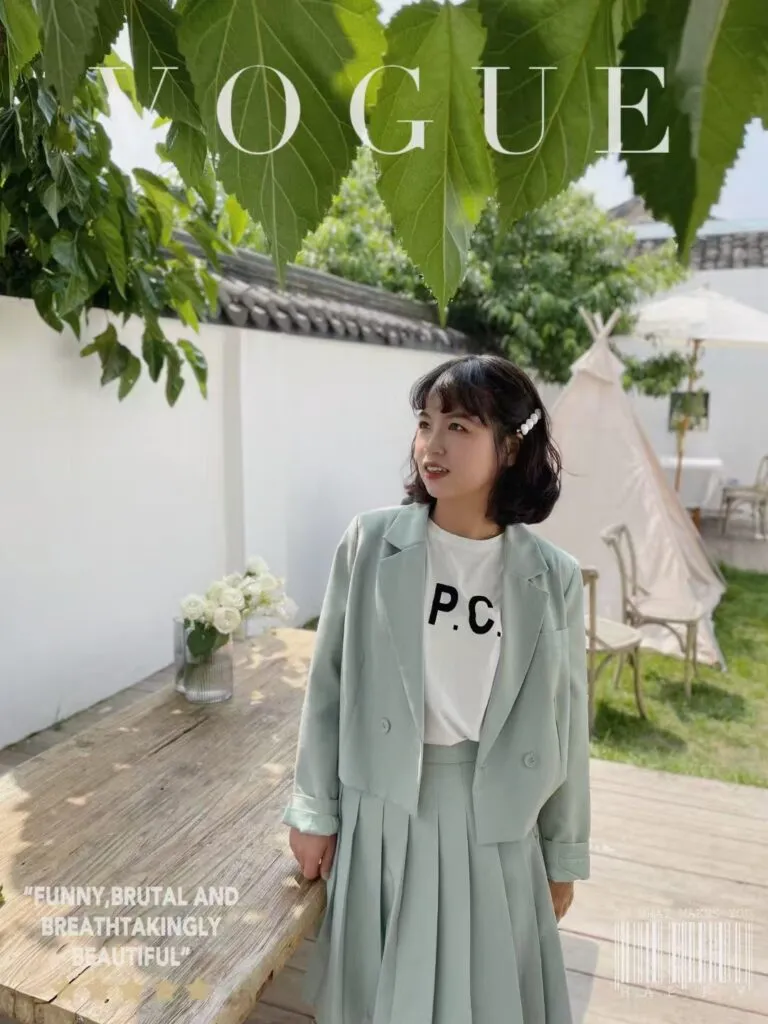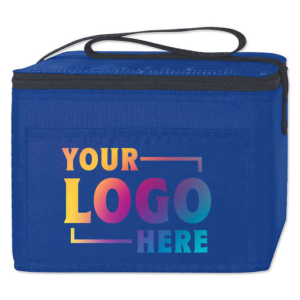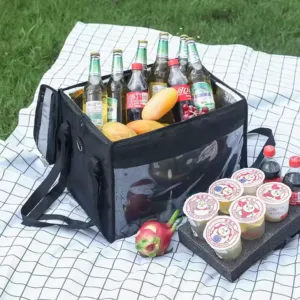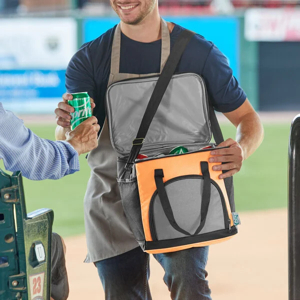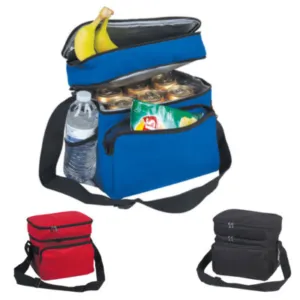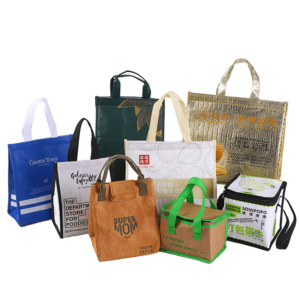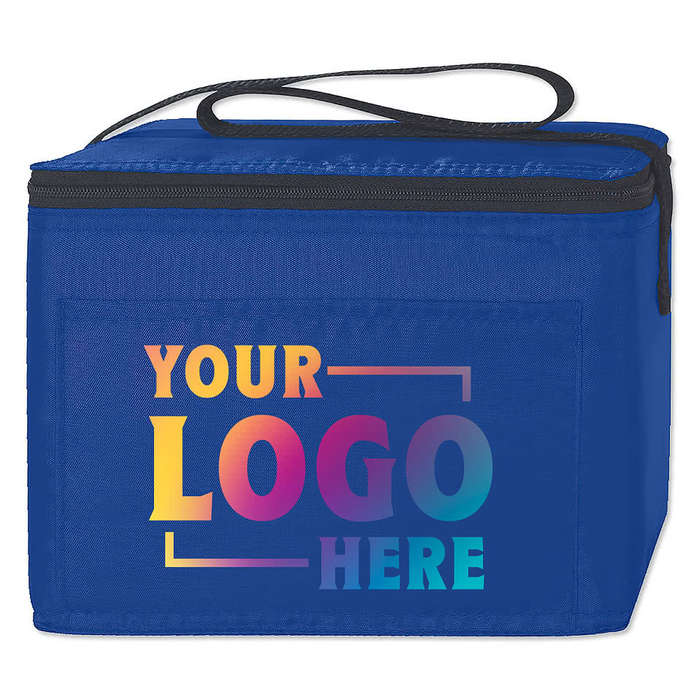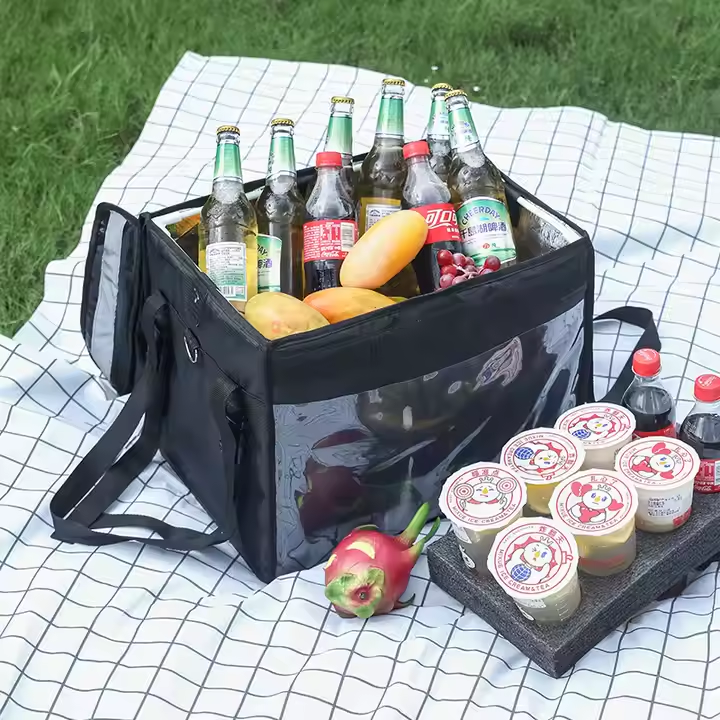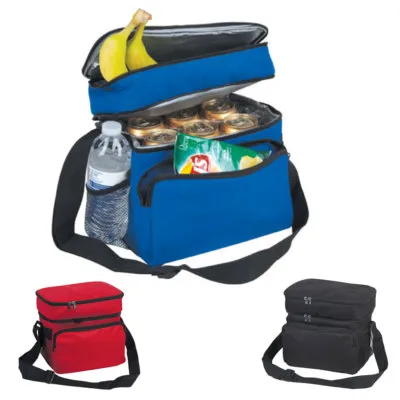Non-woven fabrics have become increasingly popular in various industries due to their versatility, strength, and eco-friendly characteristics. They are made by bonding fibers together through various processes rather than weaving them, resulting in a durable and flexible material. One way to classify non-woven fabrics is by their density and composition, often denoted by terms like "420D." In this article, we'll explore different classifications of non-woven materials, including what these terms mean and their applications.
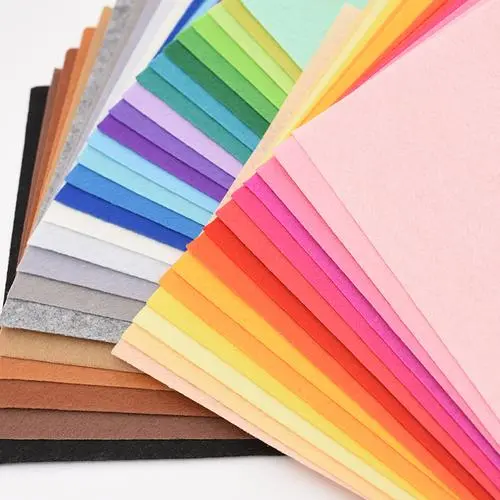
1. Understanding the Terminology
The term "D" in classifications like "420D" refers to denier, a unit of measurement for the linear mass density of fibers. A higher denier number indicates a thicker and stronger fiber. Here’s a breakdown of common denier classifications in non-woven fabrics:
- 100D to 300D: Fabrics in this range are typically lighter and softer, making them suitable for applications like reusable shopping bags and lightweight garments. They provide good breathability but may not be as durable as higher denier fabrics.
- 400D to 600D: This range represents a balance between weight and durability. Fabrics like 420D are commonly used in items that require strength and flexibility, such as tote bags, backpacks, and outdoor gear. They can withstand everyday wear and tear while remaining lightweight enough for easy handling.
- 700D and Above: Fabrics above 700D are heavier and more robust, ideal for heavy-duty applications. These materials are often used in products like luggage, protective gear, and industrial applications where strength and durability are paramount.
2. Common Types of Non-Woven Fabrics
In addition to denier classifications, non-woven fabrics can also be categorized based on their manufacturing processes and fiber types:
- Spunbond Non-Woven: Created by spinning and bonding continuous filaments, spunbond fabrics are known for their strength and durability. They are widely used in medical and hygiene products, as well as in agricultural applications.
- SMS Non-Woven: This type consists of layers of spunbond and meltblown fabrics. SMS (Spunbond-Meltblown-Spunbond) non-woven materials offer excellent filtration properties, making them ideal for medical masks and protective clothing.
- Needle-Punched Non-Woven: Made by mechanically entangling fibers using barbed needles, needle-punched fabrics are thicker and more textured. They are often used in applications such as insulation, geotextiles, and automotive interiors.
- Meltblown Non-Woven: This process involves extruding molten polymer through tiny nozzles, creating fine fibers. Meltblown fabrics are often used in filtration applications due to their high surface area and fine fiber structure.
3. Applications of Non-Woven Fabrics
The classification of non-woven fabrics influences their application across various industries:
- Medical: Non-woven materials are commonly used in surgical gowns, masks, and other medical supplies due to their barrier properties and disposability.
- Agriculture: Non-woven fabrics provide protection for crops, allowing light and moisture to penetrate while preventing pests.
- Fashion and Accessories: Lightweight non-woven fabrics, like those in the 100D to 300D range, are popular for making fashionable bags, wallets, and clothing.
- Industrial: Heavier non-woven fabrics are used in construction, automotive, and filtration applications due to their strength and durability.
Conclusion
Understanding the various classifications of non-woven fabrics, such as the denier system, allows businesses and consumers to make informed decisions when selecting materials for specific applications. From lightweight options like 100D to heavy-duty choices above 700D, non-woven fabrics offer a diverse range of solutions for countless industries. As demand for sustainable materials grows, non-woven fabrics will continue to play a vital role in eco-friendly product development.
